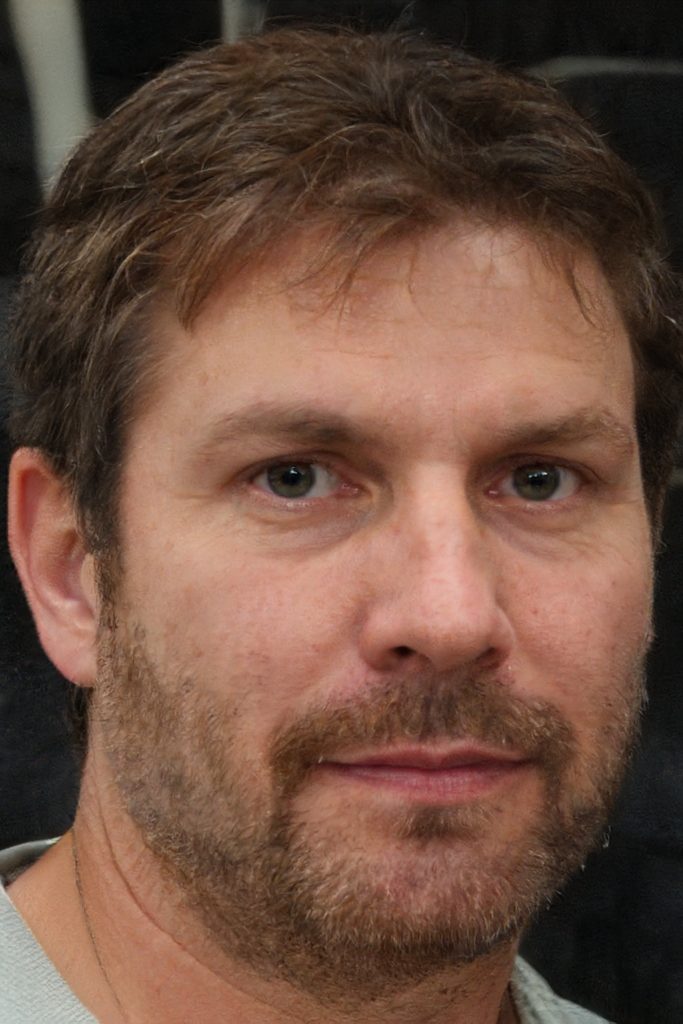Union Report — NEA Conference Reveals Disconnect Between How One Teachers Union Trains Its Staff Vs. How It Talks In Public
Union Report — NEA Conference Reveals Disconnect Between How One Teachers Union Trains Its Staff vs. How It Talks in Public
Mike Antonucci’s Union Report is published every Wednesday. You can find the complete archive on the website.
The National Education Association (NEA) allocates approximately $34 million per year towards communication efforts. Consequently, it is relatively simple to discern the organization’s stance on various issues. However, the public messages put forth by the union may differ significantly from the internal discussions held among officers, staff, and the NEA’s most dedicated activists.
Each year, the NEA organizes a leadership summit aimed at nurturing activist leaders and equipping them with the necessary knowledge, skills, and abilities to steer a relevant and thriving association. The 2018 conference took place in Chicago last month and featured numerous seminars and workshops designed to offer guidance to local and state activists in navigating challenging circumstances within their affiliations.
These summits frequently unveil previously undisclosed information about NEA operations, such as the Jefferson County Education Association’s strategy to recall school board members. Last year, one workshop described "collective action/mass demonstrations" as being "a good show, but should be linked to a lobbying effort." It is unlikely that this description remains accurate in the eyes of NEA headquarters.
The most enlightening sessions at this year’s summit focused on the union’s media relations. In a session titled "Media 101: Using the Fourth Estate to Deliver Your Message," NEA staff advised activists to perceive the media as "customers." However, they provided unconventional advice on how to handle incoming calls from the media.
A PowerPoint slide from the presentation instructed activists to "tell them you are going into a meeting and you need to call them back" when speaking with a "customer." However, it also encouraged them to "start interviewing them" before ending the call. This ruse serves as a means of buying time for research. Prior to speaking on the record, the activist is expected to discern the story’s angle, verify if the reporter represents a legitimate media outlet, and establish whether their stance is friendly towards the union. Additionally, the activist should check if NEA or the local/state affiliate has prepared talking points on the topic.
During an interview, the activist is advised to prioritize conveying the points they find important, regardless of the questions posed, and to answer the questions they desire to address.
An example illustrating this approach was illustrated in another session titled "Beating Back Vouchers: Case Studies in Success." The presenters shared what they described as their "best message": "Instead of investing in public education, voucher programs all take money away from our public schools." They recommended coupling this phrase with their "best stat": "If we have money to spend, we should invest in public schools where 90 percent of children go, instead of diverting money to private schools where only 10 percent go."
Furthermore, instructions were provided on what not to say during interviews:
– Do NOT say CHOICE
– Not even if someone else mentions it first.
– Not even if you refer to it as "so-called choice."
– Do NOT say FAILED SCHOOL
– Reject this label. Instead, discuss what schools need to be successful.
The most revealing insights were shared by Ramona Oliver, NEA’s senior director of communications, during a session titled "Building Member Loyalty."
Among the standard public relations guidance on maintaining an offensive strategy, utilizing third parties to validate the union’s message, and fostering brand loyalty, some astonishing statistics were presented. These statistics were derived from NEA surveys conducted among its members.
The survey posed the following question to members currently employed in states where unions can charge representation fees to non-members:
"If you woke up tomorrow and discovered that you could stop paying a fee to your union but the union would still have to represent you, would you still opt to pay?"
Of the members who had been contacted by the union in the past few years, 57 percent stated that they would no longer pay the fee. However, that percentage rose to 69 percent among members who had not been in recent contact with the union.
The survey then asked a follow-up question to the members who expressed their unwillingness to pay: "What if you found out that choosing not to join or pay the fee could weaken your union or employee association to the extent that it could no longer negotiate your wages, benefits, and working conditions. Would you still choose to stop paying?"
NEA discovered that between 38 percent and 81 percent of those who initially voted "won’t pay" reversed their decision when considering the potential consequences of their actions on their unions, depending on their past interactions with the unions.
Some basic calculations using the numbers mentioned above suggest that in the best-case scenario, NEA would immediately see a decrease of approximately 11 percent in its membership in states where agency fees are prevalent. However, in the worst-case scenario, the union could face a loss of around 36 percent of its members.
During Oliver’s presentation, another slide highlighted NEA’s vulnerability among agency fee payers. It seems to imply that teachers who currently pay agency fees are unlikely to become full-fledged members in significant numbers.
The activists were advised that in-person interactions were crucial for retaining membership. When dealing with agency fee payers, they should emphasize how the union amplifies their voice.
Unfortunately for NEA, this is the core issue at hand. Fee payers feel that their voices are being suppressed by the union. This sentiment is prevalent even among those who participated in the strikes in West Virginia, Oklahoma, and Arizona. Teachers may start looking for alternative platforms to amplify their voices or create their own.


